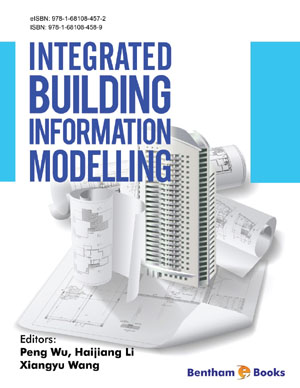Abstract
Building Information Modelling (BIM) when used in conjunction with a collaborative procurement method promises to overcome many of the redundancies and inefficiencies commonly associated with the construction industry. Despite the promise of increased stakeholder integration and seamless transition of project information, the reality of BIM deployment has thus far been disappointing. Whilst the issues of technological and system compatibility, costs and skill levels are partially responsible, it is frequently noted that existing contractual structures and emerging legal issues also act as barriers to implementation. It remains highly likely that the various standard forms of contract associated with the main construction procurement methods will continue to be used for the foreseeable future, therefore, it is desirable to identify and understand the ways in which conventional contract conditions have the potential to prove inappropriate or counterproductive in a BIM-enabled project environment. This chapter provides a review of the legal barriers and develops a conceptual model for analysing a contract’s ability to integrate BIM into the procurement process. The conceptual model is tested on a standard construction contract (GC21) to test its validity.
Keywords: BIM, Contracts, Legal risks, Procurement, Qualitative content analysis.



